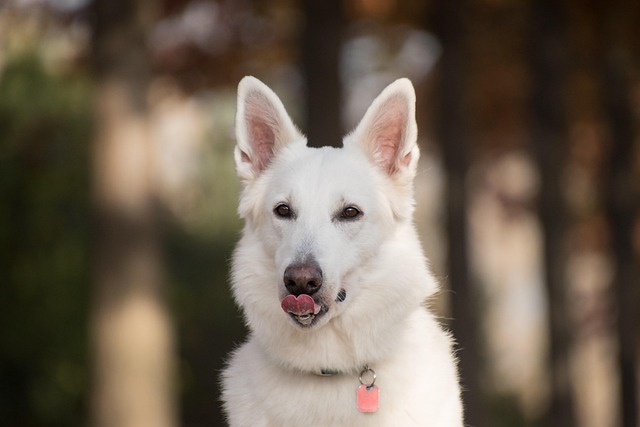
How can I tell if my dog's heatstroke is serious
Let’s be real: It’s a sticky August morning in Los Angeles, and you took your 2-year-old Golden Retriever, Max, for a walk a little later than usual
Those reddish-brown streaks around your dog’s eyes aren’t just unsightly—they’re often a sign of constant tearing. Breeds like Shih Tzus and Pugs, with their big, round eyes, are especially prone to this, thanks to their facial structure trapping moisture. The stains form when porphyrins, proteins in tears, react with sunlight and bacteria, leaving that stubborn discoloration.
Start with gentle daily care. A soft, damp cloth dipped in warm water works for mild cases—wipe the area around the eyes (never directly on the eyeball) in small, circular motions. For tougher stains, pet-safe wipes with boric acid or witch hazel can help break down the buildup without irritation. Avoid human products like baby wipes; they often contain ingredients harmful to dogs.
Diet plays a bigger role than you might think. Low-quality foods with excessive additives can trigger excess tearing. Switching to a grain-free or limited-ingredient diet sometimes reduces staining, as does ensuring your dog always has fresh water to prevent dehydration-related tear concentration. Check with your vet first, though—sudden diet changes can upset sensitive stomachs.
 If stains persist, consider specialized products. Tear stain removers with enzymes target the porphyrins at the source, but read labels carefully. In the EU, products must meet REACH regulations, so look for certifications to avoid harmful chemicals. For severe cases, your vet might recommend antibiotics if bacterial overgrowth is contributing, but never self-prescribe—antimicrobial resistance is a growing concern across Europe and North America.
If stains persist, consider specialized products. Tear stain removers with enzymes target the porphyrins at the source, but read labels carefully. In the EU, products must meet REACH regulations, so look for certifications to avoid harmful chemicals. For severe cases, your vet might recommend antibiotics if bacterial overgrowth is contributing, but never self-prescribe—antimicrobial resistance is a growing concern across Europe and North America.
Grooming habits matter too. Long-haired breeds need regular trimming around the eyes to prevent hair from irritating the cornea and causing more tearing. Use blunt-tipped scissors and go slow—one wrong move could hurt your pup. In some US states, like California, groomers must be certified, so if you’re unsure, leave it to a professional.
Remember, tear stains can sometimes signal underlying issues: allergies, blocked tear ducts, or even glaucoma. If cleaning and diet changes don’t help, or if the area looks swollen or inflamed, a vet visit is a must. In the UK, the Animal Welfare Act requires owners to address health issues promptly, so delaying care could have legal consequences.
Consistency is key. Most dogs take 2-4 weeks to show improvement, so don’t get discouraged. Pair your cleaning routine with regular eye checks—catching problems early makes treatment easier. With patience and the right approach, those stains will fade, leaving your dog’s eyes bright and healthy.

Let’s be real: It’s a sticky August morning in Los Angeles, and you took your 2-year-old Golden Retriever, Max, for a walk a little later than usual

You're enjoying a summer afternoon at the park when you notice your dog has stopped panting and appears disoriented - their gums are bright red

Let’s paint the picture: You’re in your Denver apartment, watching your 4-year-old Boston Terrier, Ruby, plop down mid-play session with her favorite toy

Many dog owners notice their pets nails seem shorter after regular walks,but how much does this daily activity actually help?The answer depends on where you walk—concrete sidewalks or asphalt streets gently file nails as a dog's paws hit the ground

Most dog owners notice their pup scooting across the carpet at some point, but few connect it to impacted anal glands. These small sacs near a dog’s rectum secrete a scent for marking territory

Most vets agree that regular dog teeth cleaning is key to avoiding painful dental issues later. For healthy adult dogs, a professional cleaning at the vet’s office every 12 to 18 months usually works well.